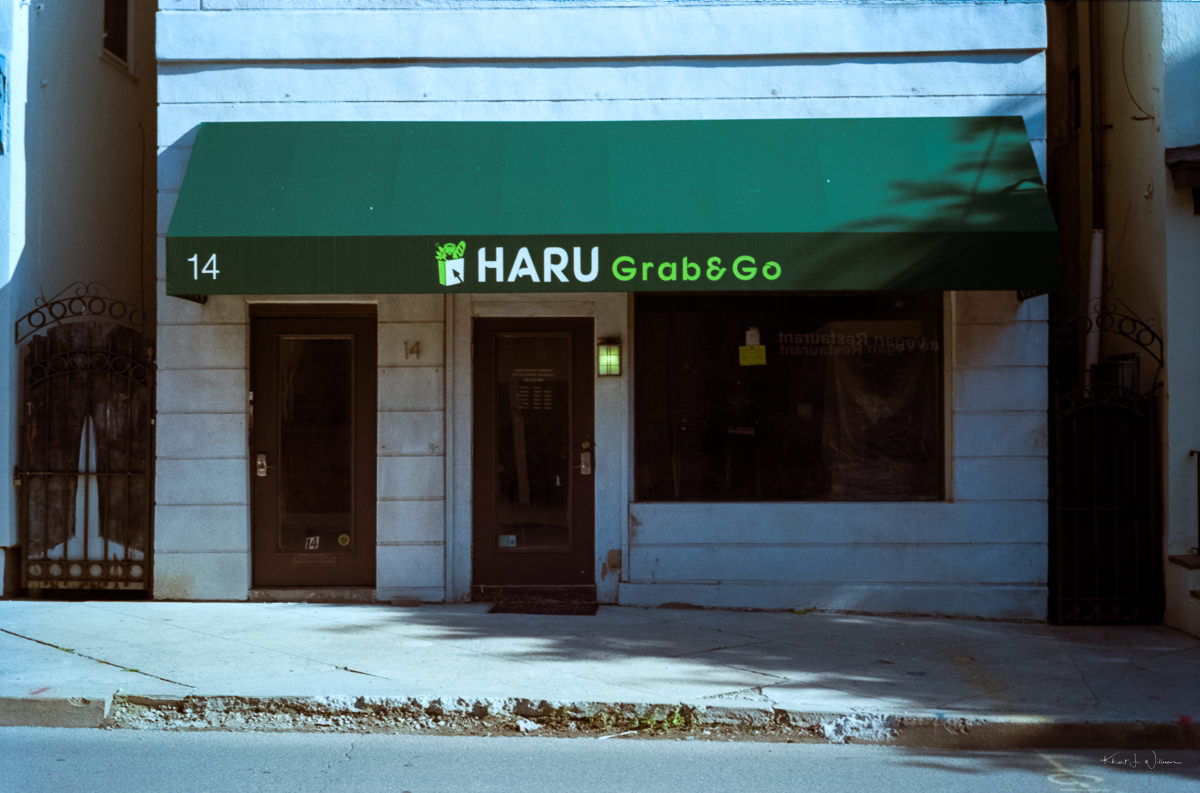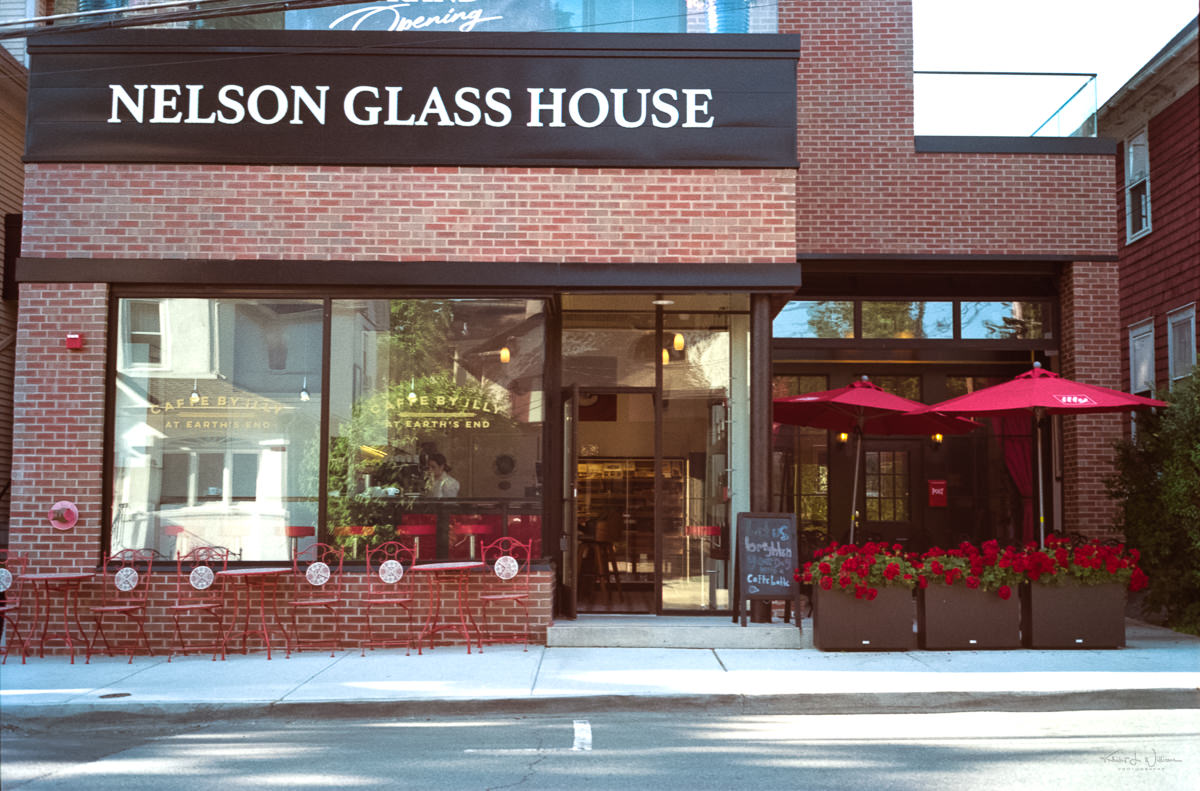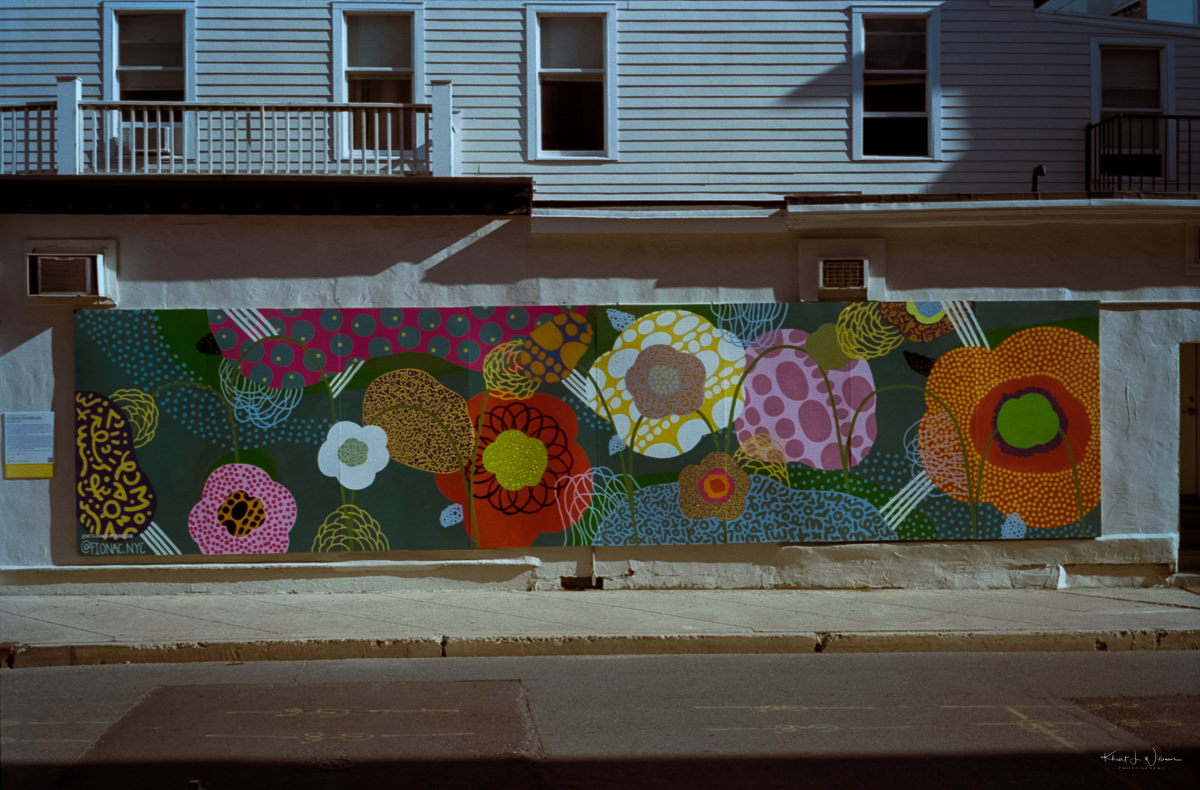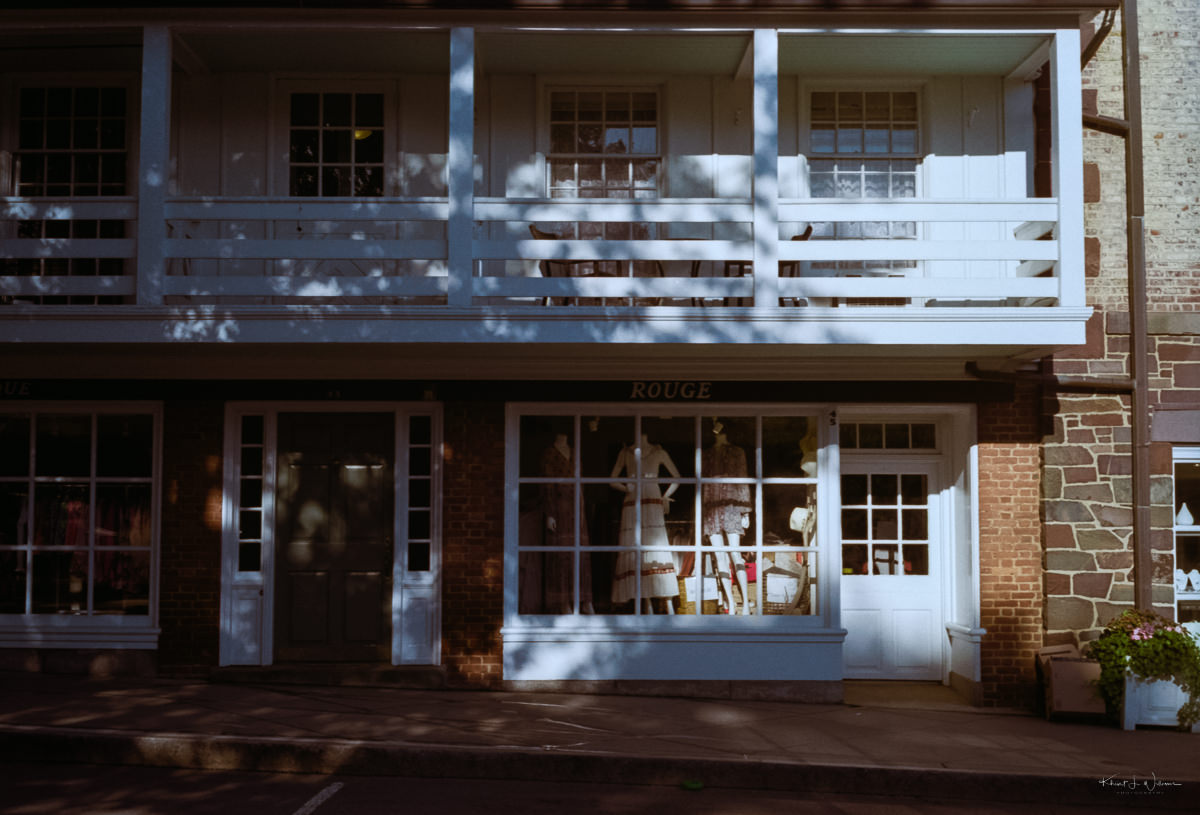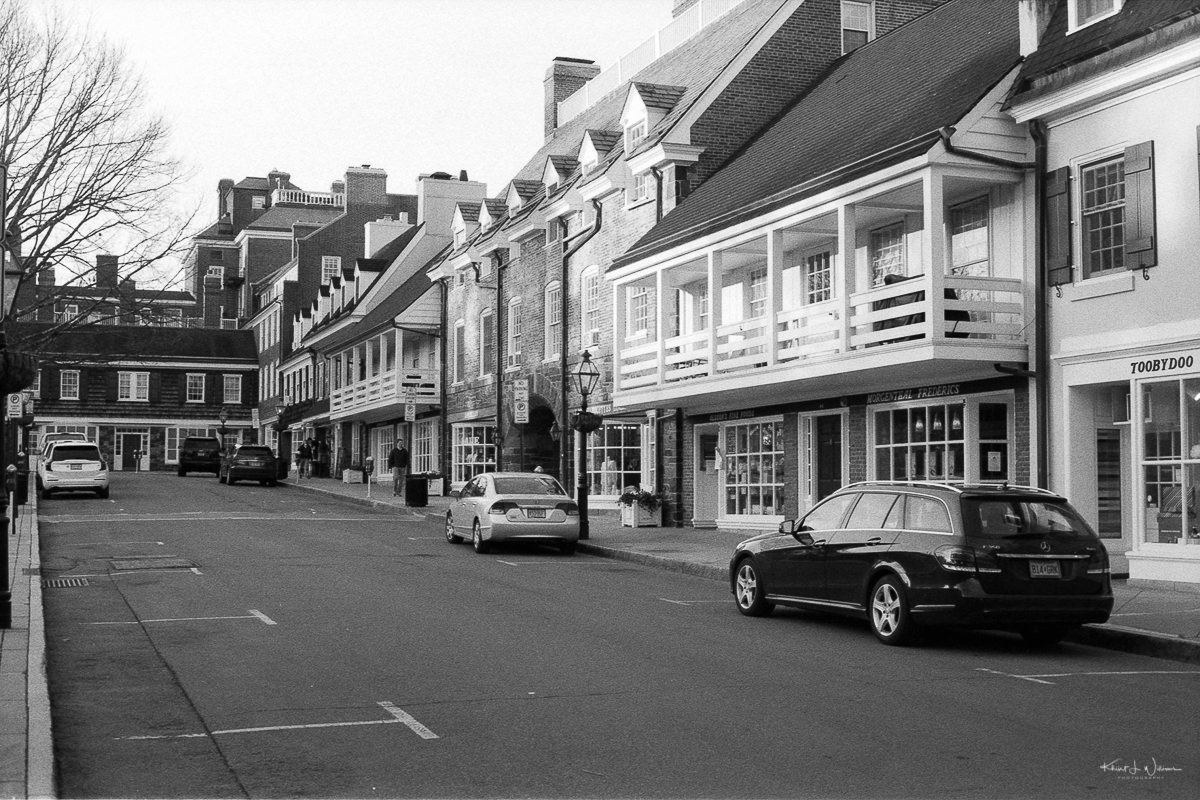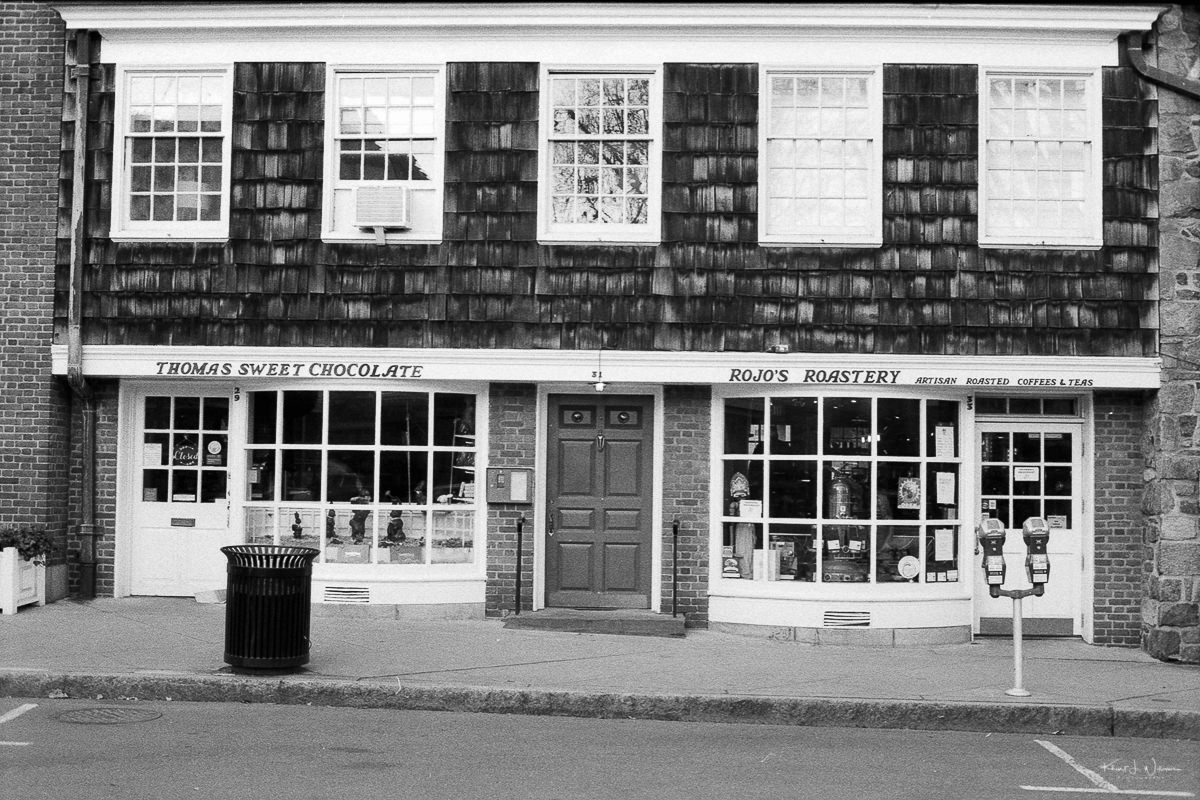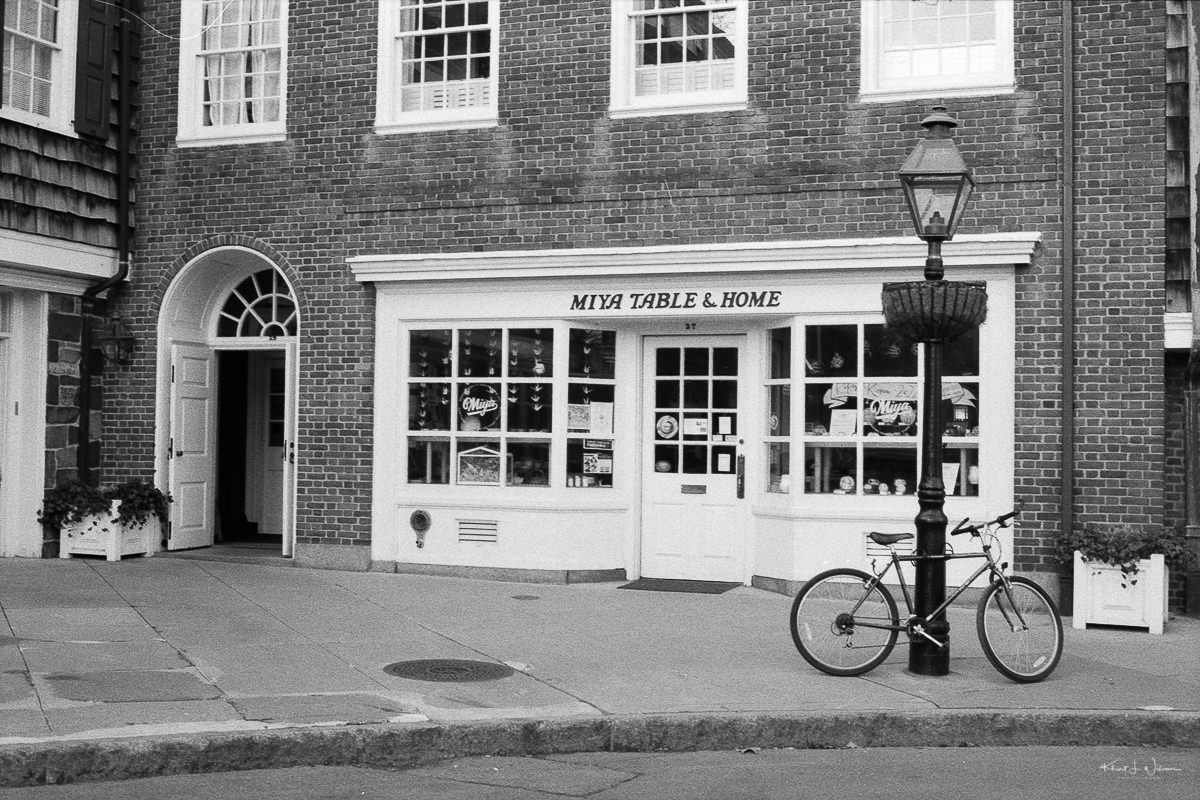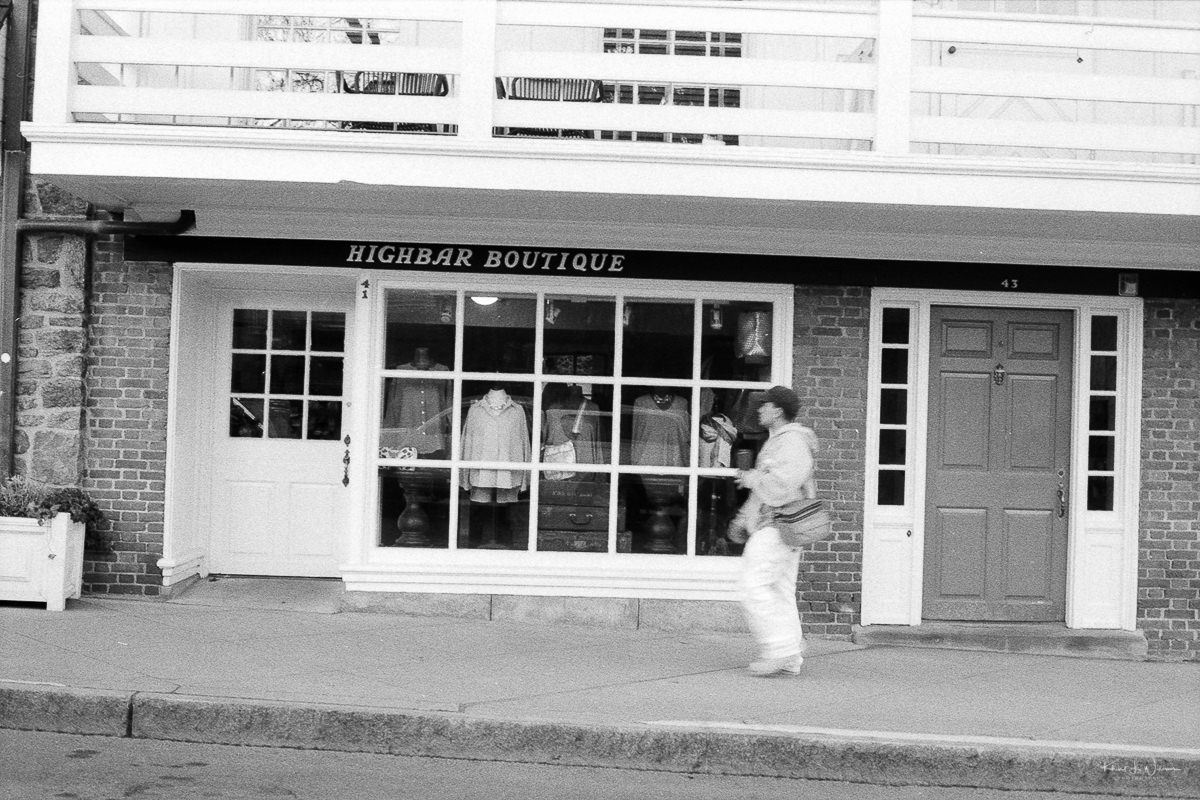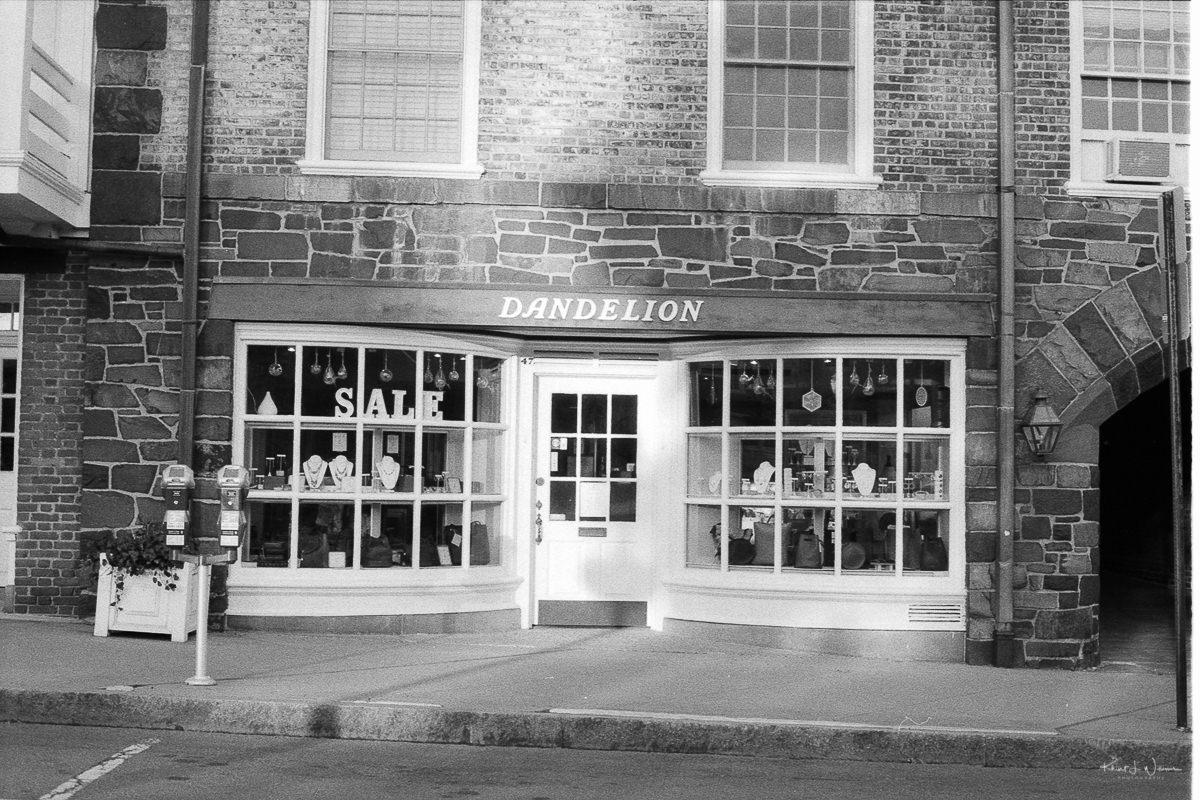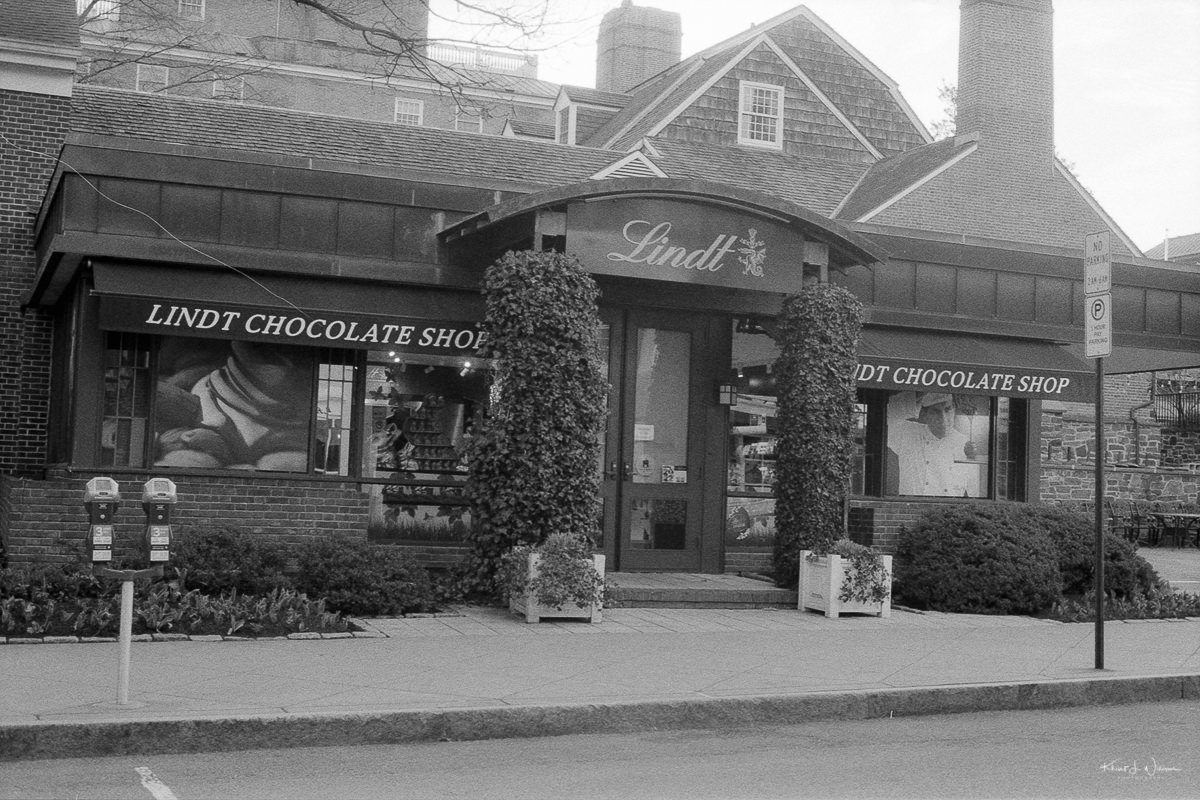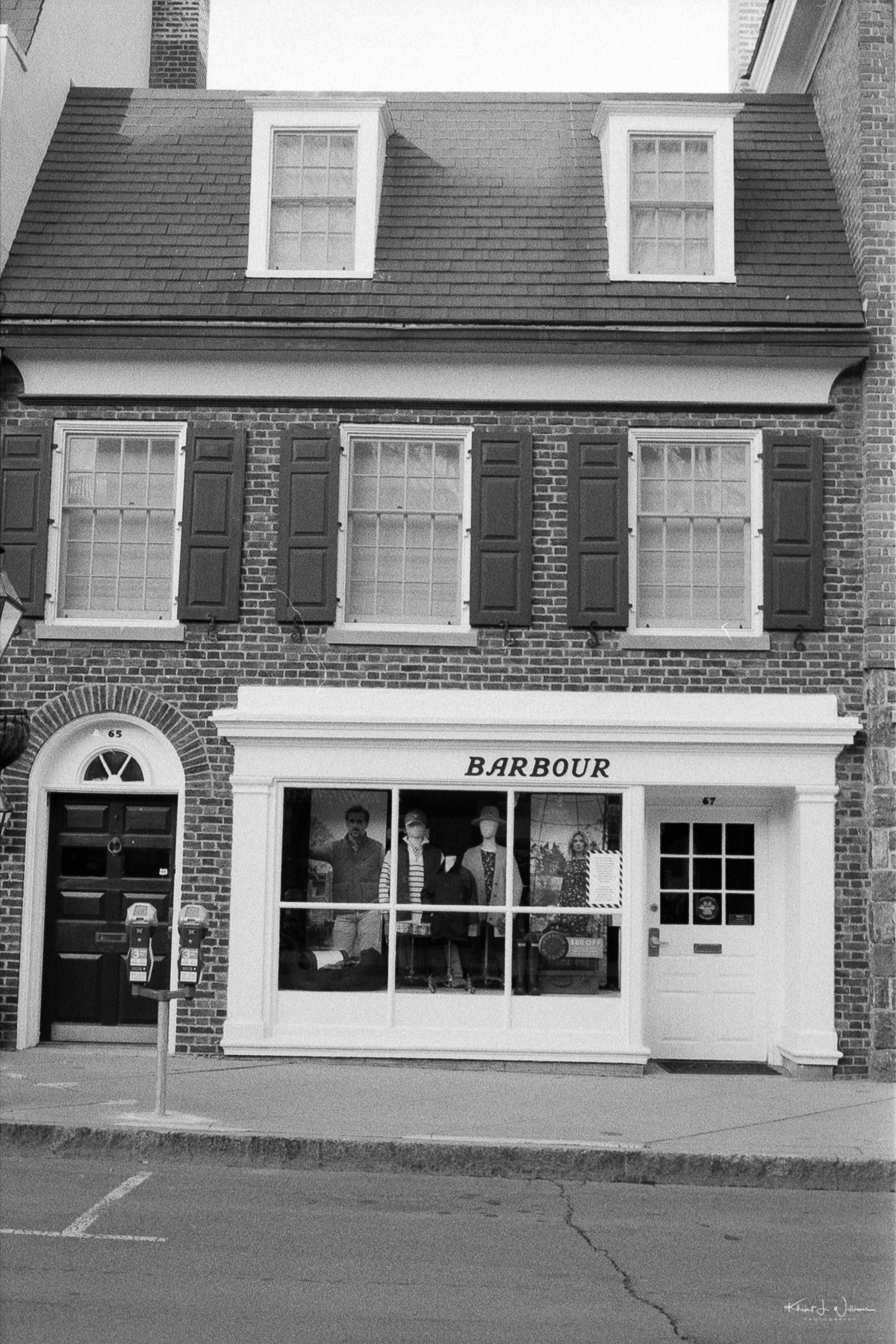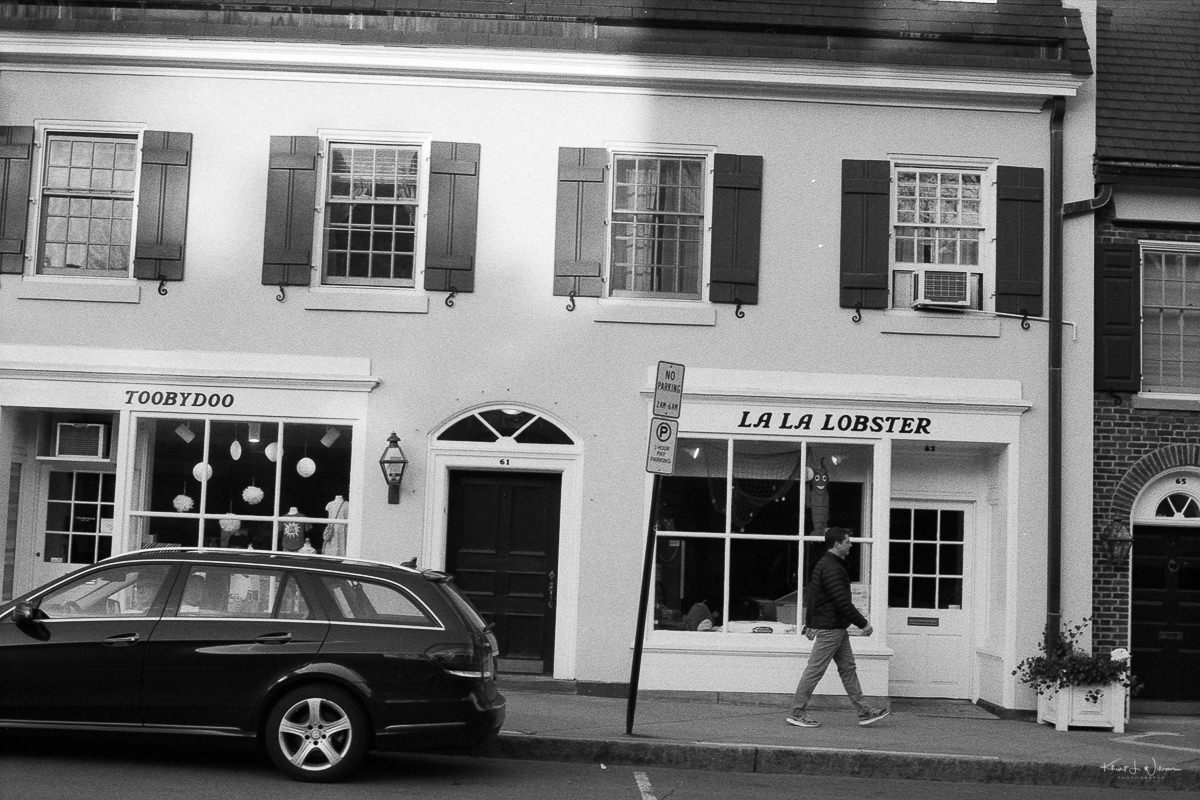One of my frustrations with 35mm film photography is the effort involved in compensation for the lack of metadata. I tried using apps to track the information about each frame, but the process has inherent limitations. When I load the 35mm film cartridge into the camera body, I can record the film stock, type, ISO, camera make and model, and lens make and model in the app. With some effort, and assuming I expose each frame without the use of aperture priority or shutter priority, I can record the aperture and shutter speed. The action of manually documenting this information for each frame gets in the way of concentrating on the making of the photograph. I have given up on tracking the minutiae of each frame. I do the bare minimum by recording the camera, lens, film stock information, and the date the film was loaded into the camera.
When I send my film off for development, I usually use Boutique Film Lab, which lets me put a note with each order. I put information about the camera, lens, film stock, and the date the film was loaded into the camera. Just in case I forget to make an entry, I rely on the information on the film strip to identify the film stock. The process has worked well enough.
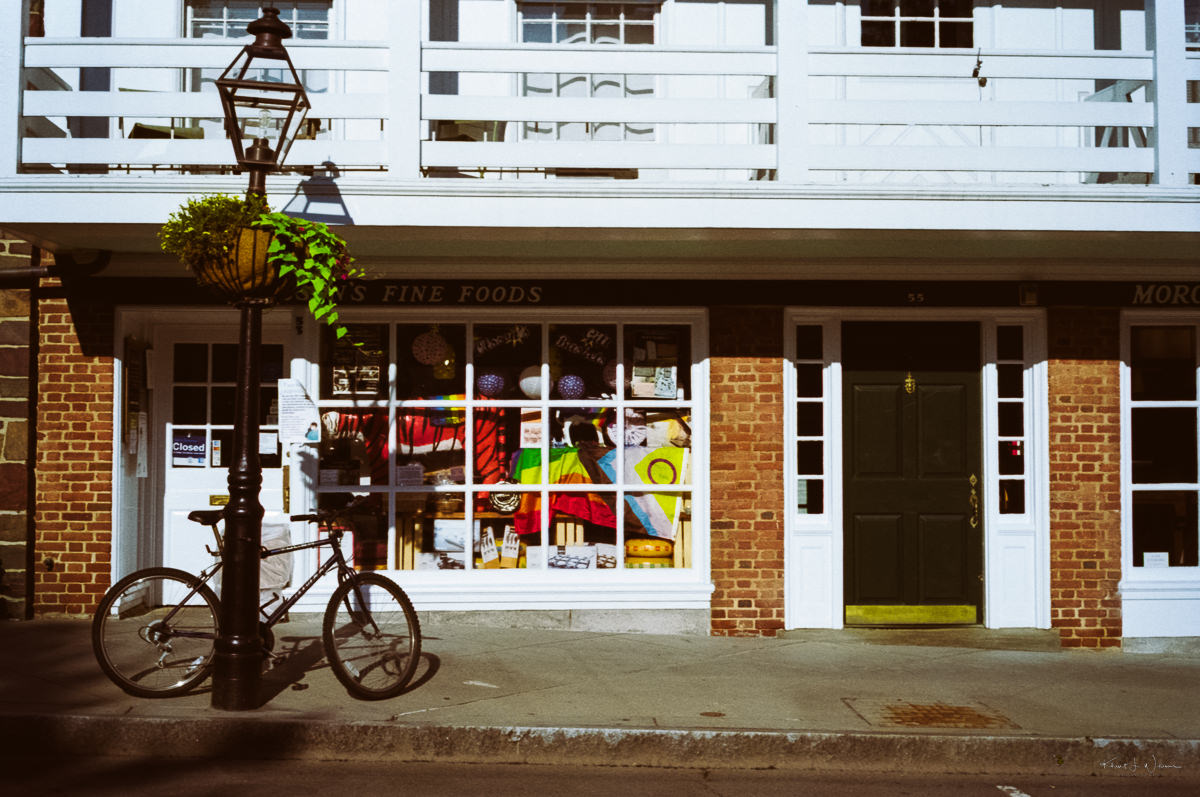
However, the entire process is easily subject to failure. I had one such recent loss. I exposed the film and wrote down the information on paper. I wanted a faster development turnaround time, so I sent the 35m film cartridge to Bleeker Digital Solutions, a lab in New York City. Bleeker’s interface does not have an area to input notes. I expected that I would rely on the information on the paper. But before the negatives were returned, I lost the paper with my notes. I then hoped that I could rely on the information on the negatives. When the negatives were returned, I stuck them in a drawer and waited for when I had time to scan them in.

Yesterday when I looked at the film strip, I realised I had made an error. There was nothing human-readable to help me identify the film stock. So now what? I had read that on some film stock, the information is DX encoded on the film strip. I spent hours last night searching the internet, learning to decode the binary code on the film strip. I combined the information I found on the post, Decoding 35mm DX Film Edge Barcodes, the Wikipedia entry for DX encoding, then converted the bar code to binary, then used a binary to decimal converter, and a DX codes lookup table. All that effort to find out that I had exposed a 36 exposure roll of Kodak Ektar 100 Color Negative Film. Whew!
I scanned the negatives with my standard scanning workflow for 35mm film negatives.

I had a lot of challenges with scanning. I used VueScan Preview to line up the border around each frame. However, after scanning, the images were scanned off-axis. I watched the negative twice, but the results were the same. I cropped the imported images. I also had a challenge getting the white balance. I used the same technique I always use. I used the white balance dropper in Adobe Lightroom.
All in all, my experience with Kodak Ektar 100 was dismal. After I expose that roll, I will be done with Kodak Ektar.
Most of the frames were exposed in downtown Princeton around Palmer Square and Witherspoon Street.

